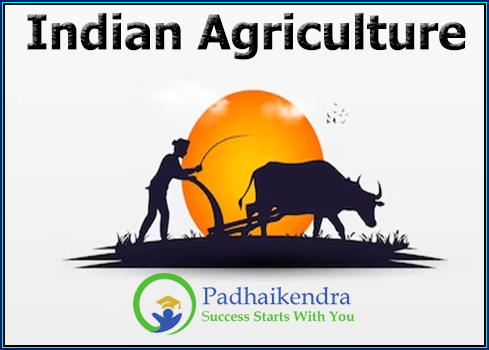Indian agriculture is a diverse and complex system that is deeply rooted in the country’s history, culture, and economy. Agriculture in India is the primary source of livelihood for over half of the country’s population and contributes significantly to the country’s GDP.
India has a wide range of agro-climatic zones, which support a diverse range of crops, including rice, wheat, sugarcane, cotton, tea, coffee, spices, and fruits and vegetables. The country is also the world’s second-largest producer of food grains, including wheat and rice.
Indian agriculture is predominantly small-scale and characterized by a high level of labor intensity, with most farms less than two hectares in size. Agriculture in India is also highly dependent on the monsoon season, which can be unpredictable and subject to extreme weather events, such as droughts and floods.
The Indian government has implemented a range of policies and programs to support agricultural development and increase productivity, including investment in irrigation systems, fertilizer subsidies, and crop insurance schemes. The government has also implemented initiatives to promote sustainable agriculture practices, including organic farming and conservation farming.
Despite these efforts, Indian agriculture faces significant challenges, including land degradation, soil erosion, water scarcity, and low levels of mechanization. There is also a need for greater access to credit and technology, as well as improved market infrastructure to connect farmers with buyers and reduce post-harvest losses.
Overall, Indian agriculture is a critical component of the country’s economy and society, and efforts to address the challenges facing the sector will be essential for ensuring food security, reducing poverty, and promoting sustainable development.





